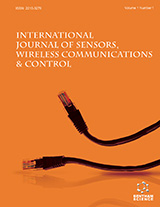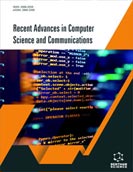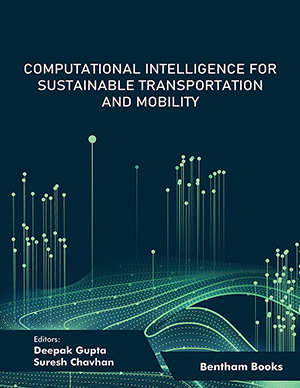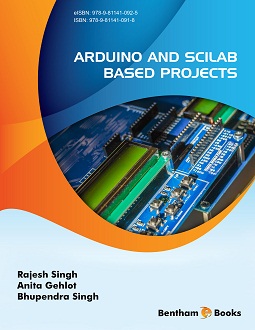Abstract
Path planning by employing Reinforcement Learning is a versatile
implementation that can account for the ability of a robot to autonomously map any
unknown environment. In this paper, such a hardware implementation is proposed and
tested by making use of the SARSA algorithm for path planning and by utilizing
stereovision for depth estimation based obstacle detection. The robot is tested in a cell-based environment – 3x3 with 2 obstacles. The goal is to map the environment by
detecting and mapping the obstacles and finding the ideal route to the destination. The
robot starts at one end of the environment and runs through it for a specified number of
episodes, and it is observed that the robot can accurately identify and map obstacles
and find the shortest path to the destination in under 10 episodes. Currently, the
destination is a fixed point and is taken as the other diagonal end of the environment.
Keywords: Adaptive, Autonomous, Cell-based, Closed environment, Depth Estimation, Depth map, Dynamic, Episodes, Map, Micro-controller, Obstacle Detection, On Policy, Path planning, Q-Table, Reinforcement learning, Robot, Route, SARSA, Stereo Vision, Thresholding.





















